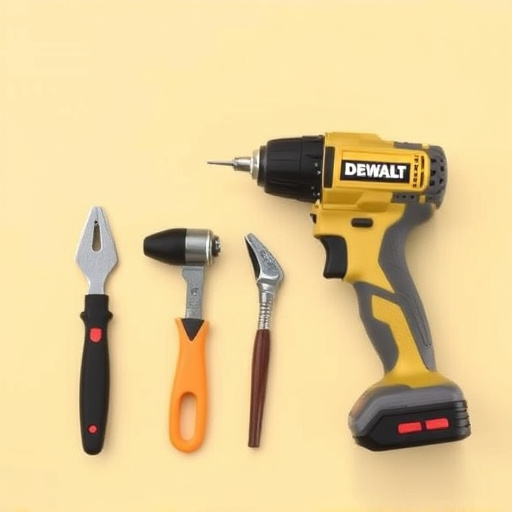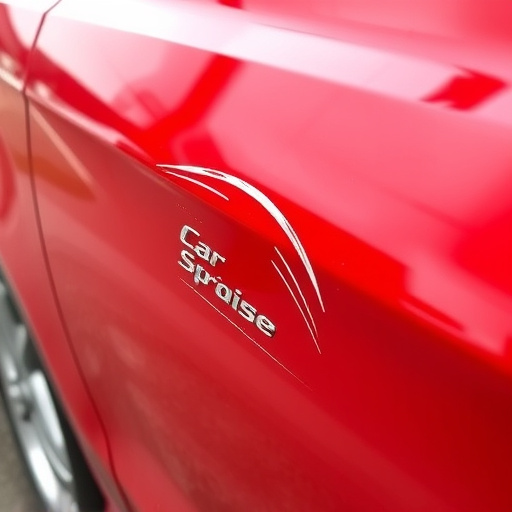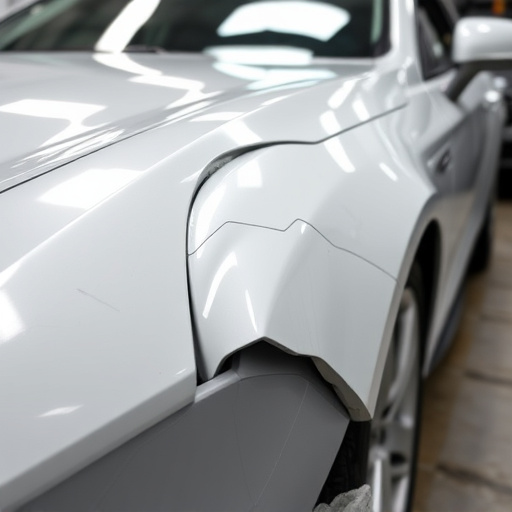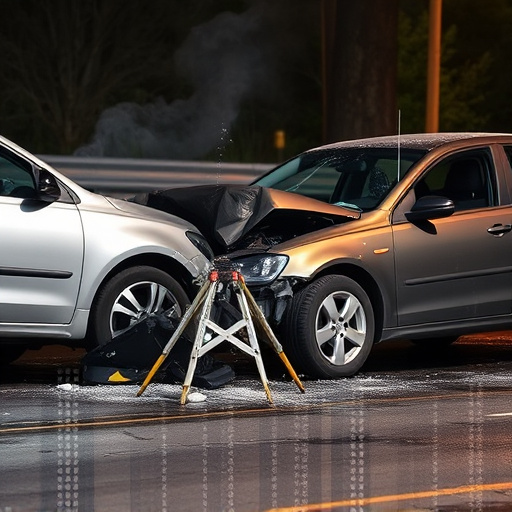Tesla repair documentation is vital for high-voltage component repairs in EVs, ensuring safety, reliability, and effective communication between shops and Tesla's technical team. It meticulously tracks parts, labor, troubleshooting, and protocols, protecting vehicle integrity, performance, regulations, and shop/owner reputations while facilitating warranty claims.
Tesla vehicles, with their cutting-edge technology, require specialized care. When it comes to high-voltage component repairs, proper Tesla repair documentation is paramount. This article delves into the intricate process of navigating Tesla repair documentation requirements, focusing on high-voltage systems. We explore the step-by-step high-voltage component repair process and emphasize the importance of safety and compliance in ensuring these complex repairs meet Tesla’s stringent standards.
- Understanding Tesla Repair Documentation Requirements
- High-Voltage Component Repair Process & Paperwork
- Ensuring Safety and Compliance for Tesla Repairs
Understanding Tesla Repair Documentation Requirements

Understanding Tesla Repair Documentation Requirements
When it comes to Tesla repairs, especially involving high-voltage components, proper documentation is paramount. Tesla repair documentation ensures that every step of the repair process is meticulously recorded and complies with safety standards and industry regulations. This comprehensive record-keeping not only safeguards the integrity of the vehicle but also facilitates efficient warranty claims and future maintenance.
The documentation requirements for Tesla repairs extend beyond general auto glass repair, car dent repair, or hail damage repair. For high-voltage systems, detailed records must include component replacement parts, labor hours, troubleshooting procedures, and safety protocols observed during the repair process. These meticulous records serve as a bridge between the repair shop and Tesla’s technical team, ensuring seamless communication and effective problem-solving for complex components such as battery packs and electric motors.
High-Voltage Component Repair Process & Paperwork

The high-voltage component repair process for Tesla vehicles involves a meticulous and specialized approach. These repairs necessitate a deep understanding of electric vehicle (EV) systems, as well as adherence to stringent safety protocols. The process begins with a thorough inspection of the damaged area, followed by the removal of any affected components. Given the sensitive nature of high-voltage systems, this stage demands precision and care to prevent further damage or short circuits. Once the component is accessed, qualified technicians use specialized tools for disassembly, repair, or replacement, ensuring every connection is meticulously checked for integrity.
Comprehensive Tesla repair documentation is paramount throughout this process. Detailed records are maintained for each step, including part numbers, repair techniques, and any adjustments made. This meticulous paperwork is not only crucial for tracking the progress of repairs but also serves as a vital reference for future service or diagnostic purposes. For collision repair shops or vehicle bodywork specialists working on Tesla models, adhering to this rigorous documentation standard ensures the safety and reliability of high-voltage component repairs, ultimately contributing to the vehicle’s overall performance and longevity.
Ensuring Safety and Compliance for Tesla Repairs
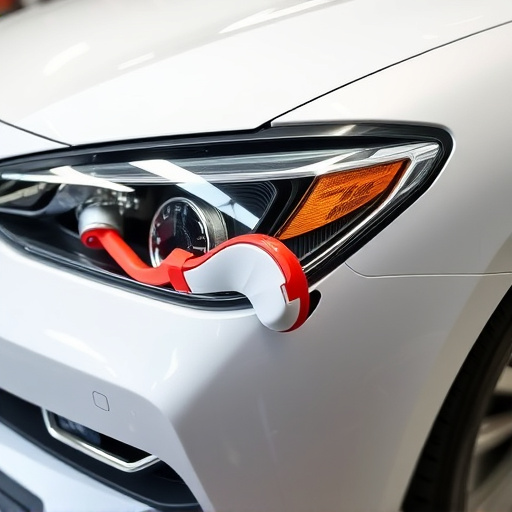
Ensuring safety is paramount when undertaking Tesla repairs, especially with high-voltage components. As electric vehicles (EVs) like Tesla’s continue to gain popularity, the need for specialized knowledge and precise documentation has become increasingly critical. Proper Tesla repair documentation acts as a crucial safeguard, outlining every step taken during the repair process, including component replacements, diagnostics, and safety measures. This meticulous record-keeping is essential for both compliance with manufacturer standards and ensuring the well-being of technicians and future vehicle owners.
Adhering to Tesla’s guidelines and industry best practices for automotive collision repair or hail damage repair is non-negotiable. Each repair must be meticulously documented, reflecting not just physical repairs but also software updates and safety system recalibrations. This comprehensive approach ensures that the EV remains safe to operate, maintains its performance, and complies with regulatory standards, ultimately protecting both the reputation of the repair shop and the interests of Tesla owners.
In conclusion, proper Tesla repair documentation, especially for high-voltage components, is paramount to ensuring safety, compliance, and efficient repairs. Understanding and adhering to these documentation requirements can streamline the repair process, protect both technicians and customers, and ultimately contribute to the reliable functioning of Tesla vehicles. Effective record-keeping facilitates a smooth transition from diagnosis to resolution, making it a critical aspect of responsible automotive maintenance.






